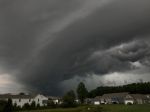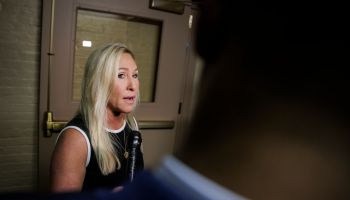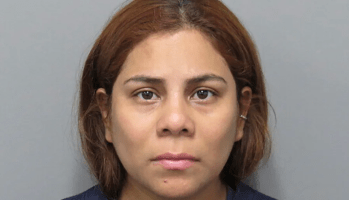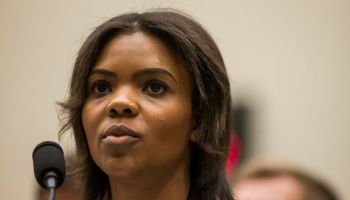Courtesy The Telegraph (UK)
On her first morning of school, September 4 1957, Elizabeth Eckford’s primary concern was looking nice. Her mother had done her hair the night before; an elaborate two-hour ritual, with a hot iron and a hotter stove, of straightening and curling. Then there were her clothes. People in black Little Rock knew that the Eckford girls were expert seamstresses; practically everything they wore they made themselves, and not from the basic patterns of McCall’s but from the more complicated ones in Vogue. It was a practice borne of tradition, pride, and necessity: homemade was cheaper, and it spared black children the humiliation of having to ask to try things on in the segregated department stores downtown.
In the fall of 1957, Elizabeth was among the nine black students who had enlisted, then been selected, to enter Little Rock Central High School.
Central was the first high school in a major southern city set to be desegregated since the United States Supreme Court had ruled three years earlier in Brown vs Board of Education that separate and ostensibly equal education was unconstitutional. Inspired both by Thurgood Marshall, who had argued the case of plaintiff Oliver L Brown, and Clarence Darrow, Elizabeth wanted to become a lawyer, and she thought Central would help her realise that dream.
On the television as Elizabeth ate her breakfast, a newsman described large crowds gathering around Central. It was all her mother, Birdie, needed to hear. “Turn that thing off!” she shouted. Should anyone say something nasty at her, she counselled Elizabeth, pretend not to hear them. Or better yet, be nice, and put them to shame.
Three young girls, barely into their teens, fell in directly behind Elizabeth. They were clearly together, and clearly students; two of them, like Elizabeth, carried books. They wanted to be at the very centre of things. And they wanted to get really close to Elizabeth – close enough to let her know that they didn’t want her in their school. “Two, four, six, eight! We don’t want to integrate!” they chanted.
One girl, Hazel Bryan, looked livid, her face poisoned with hate. As Benjamin Fine of The New York Times later described her, she was “screaming, just hysterical, just like one of these Elvis Presley hysterical deals, where these kids are fainting with hysteria”. Her eyes narrowed, her brow furrowed, her teeth clenched, Hazel shouted: “Go home, nigger! Go back to A-”. Click. “-frica!” Will Counts, a photographer for the Arkansas Democrat, had his picture.
When it comes down to it, Counts’s famous photograph of Elizabeth Eckford is really more of Hazel Bryan: it is on Hazel that the eyes land, and linger.
Despite the tricky lighting, her face is perfectly exposed: the early morning September sun shines on her like a spotlight. It hits her from the side, painting her face in a stark chiaroscuro that makes it look more demonic still. She’s caught mid-vowel, with her mouth gapingly, ferociously open. At that instant, and in perpetuity, Hazel Bryan, always the performer, has the stage completely to herself.
Others played their own small parts in the picture, but “the mouth” she later said, “was mine”. And dressing that morning as she had, trying to look all grown up and sexed up, she had masked how young she really was. She was only 15, but she would always be seen, and judged, as an adult.
The next morning, Elizabeth and Hazel landed on millions of doorsteps.
Read Full Story
Article courtesy telegraph.co.uk
















